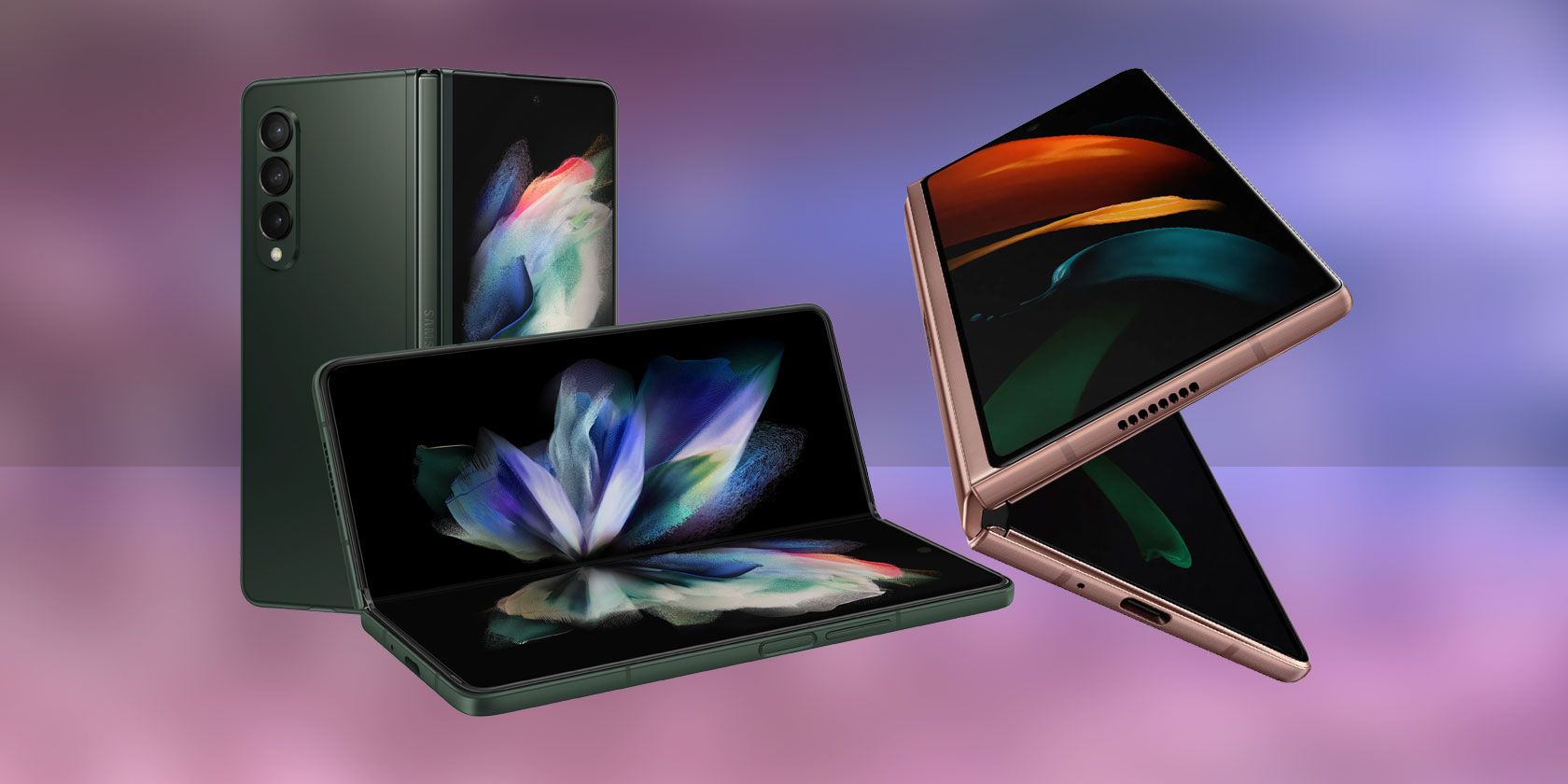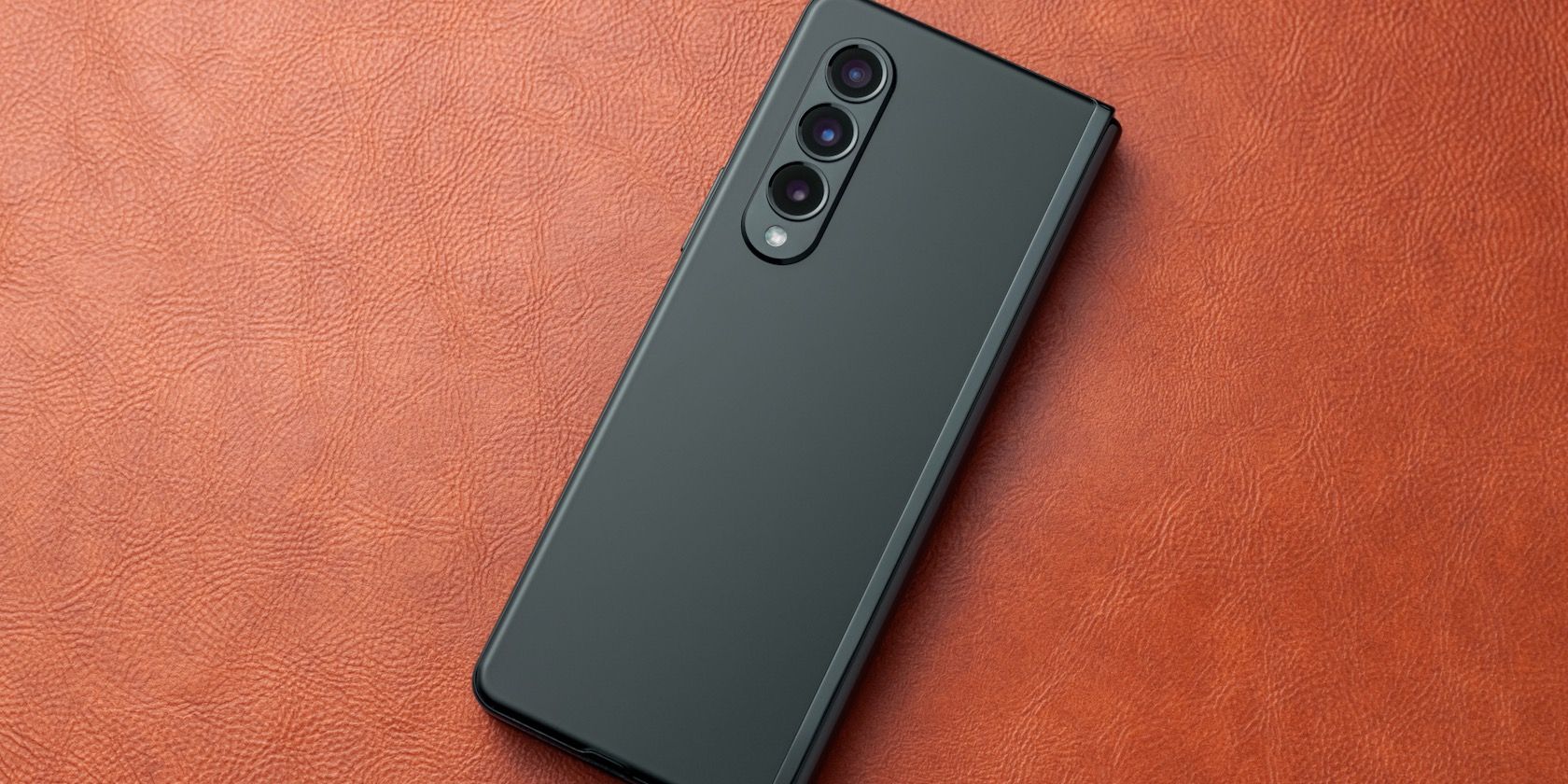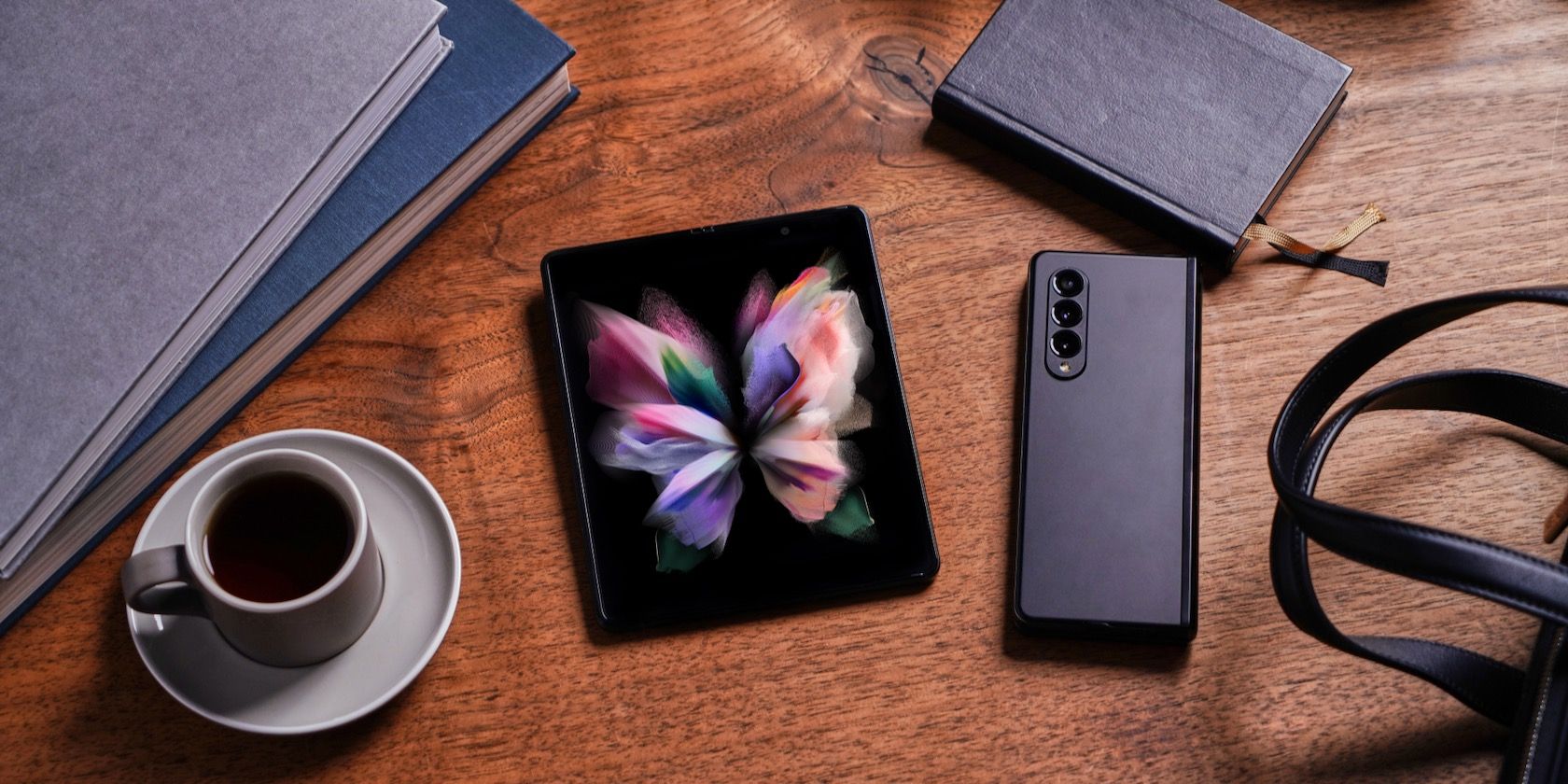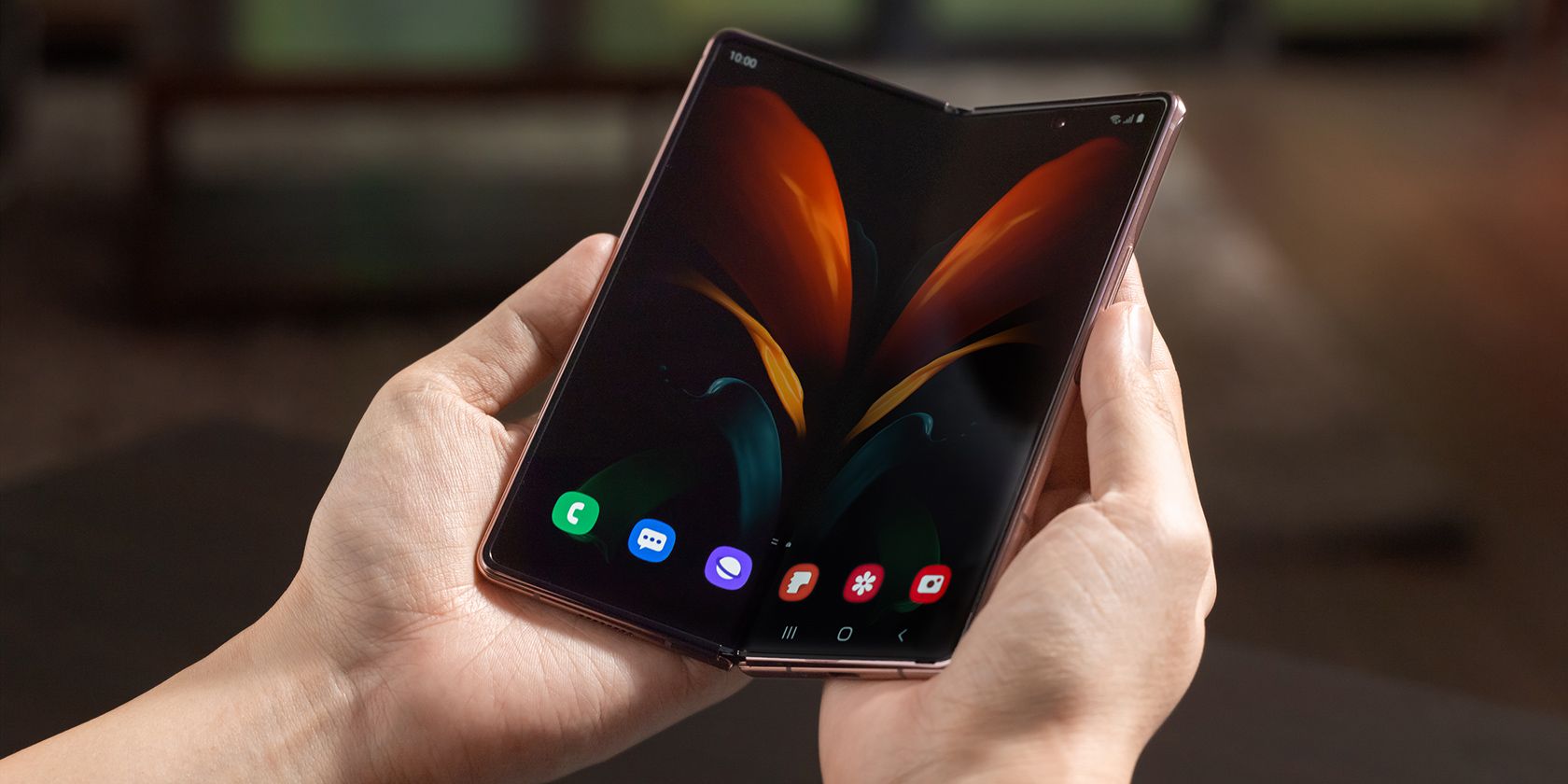At first glance, the Galaxy Z Fold 3 might not seem like a big upgrade over the Galaxy Z Fold 2, but Samsung has redone almost every aspect of its latest foldable device to deliver a better experience.
From the outside, the Fold 3 looks just like the Fold 2. Internally though, Samsung has improved every single part of the device. If you plan to buy the Galaxy Z Fold 3 and wonder how it is different from its predecessor and what improvements it includes, read on.
Stronger Frame and Water-Resistant
- Galaxy Z Fold 2: Folded - 68 x 159.2 x 16.8-13.4mm; Unfolded - 128.2 x 159.2 x 6.9mm: Weight - 282g
- Galaxy Z Fold 3: Folded - 67.1 x 158.2 x 16-14.4mm; Unfolded - 128.1 x 158.2 x 6.4mm; Weight - 271g, IPX8, Gorilla Glass Victus
Samsung is using a more durable Armor Aluminum frame on the Fold 3. The rear of the device also uses the more reliable Gorilla Glass Victus. The stronger chassis means the newer model should not pick up dings and scratches as easily as its predecessor.
More importantly, the Fold 3 features an IPX8 water-resistant certification. In comparison, the Fold 2 missed out on any kind of water-resistance rating.
The Galaxy Z Fold 2 and Galaxy Z Fold 3 have very similar dimensions, but the latter is about 9g lighter. While not much, it should help make the Fold 3 easier to carry around. Make sure to read about the best features of the Galaxy Fold 3 here if you want to know what makes Samsung's foldable device special.
More Reliable Displays
- Galaxy Z Fold 2: Cover display - 6.2-inch HD+ 60Hz Super AMOLED display; Main Screen - 7.6-inch QXGA+ Dynamic AMOLED 2x, 120Hz adaptive refresh rate
- Galaxy Z Fold 3: Cover display - 6.2-inch HD+ 120Hz adaptive refresh rate, Dynamic AMOLED 2X display; Main Screen - 7.6-inch QXGA+ Dynamic AMOLED 2x, 120Hz adaptive refresh rate
On paper, the only improvement you can see on the Galaxy Z Fold 3 is the cover display featuring a higher 120Hz adaptive refresh rate. The display size for both cover and the folding display remains the same across the two folding devices.
However, Samsung has made some significant reliability improvements to the Fold 3's displays. The outer cover display is now protected by Corning's Gorilla Glass Victus, that's more durable and less prone to shattering.
The more fragile folding display gets a bigger reliability upgrade. It now features an optimized panel layer and a stretchable PET layer on top of the Ultra Thin Glass. Samsung says this will improve its reliability by a staggering 80 percent.
You still have to be careful with the display since it can be easily scratched using a sharp object, but it should fare much better in daily use now. Another highlight of the Fold 3's display is that it supports a special version of the S Pen designed specifically for foldable devices.
Faster Chip, Same Battery Capacity
- Galaxy Z Fold 2: Snapdragon 865+, 12GB RAM, 256/512GB storage, 4500mAh battery, 25W fast charging, 11W wireless charging
- Galaxy Z Fold 3: Snapdragon 888, 12/16GB RAM, 256/512GB storage, 4400mAh battery, 25W fast charging, 10W wireless charging
The Galaxy Fold 3 packs a more powerful Snapdragon 888 chipset. It is also available with up to 16GB RAM, though that model will only launch in selected countries. The faster chip means the device will be faster while playing games and running multiple apps at once.
The Fold 3 also offers some new software features and an enhanced multitasking experience. However, Samsung should bring these features to the Fold 2 with a future software update.
As for battery capacity, both phones feature similar-sized batteries. The wired and wireless charging speeds also remain the same across the two Folds. However, the Galaxy Z Fold 3 should last a bit longer than the Fold 2 in daily use since it features a more power-efficient foldable display.
The Snapdragon 888 chipset also uses a newer and more efficient 5G modem, which means it should offer better 5G connectivity.
Same Camera Setup
- Galaxy Z Fold 2: Rear - 12MP f/1.8 main camera with OIS and Dual Pixel, 12MP f/2.2 ultra-wide, 12MP 2x telephoto; 10MP cover display camera; 10MP punch-hole camera
- Galaxy Z Fold 3: Rear - 12MP f/1.8 main camera with OIS and Dual Pixel, 12MP f/2.2 ultra-wide, 12MP 2x telephoto; 10MP cover display camera; 4MP under-screen camera
The rear camera setup on the Fold 3 is the same as the Fold 2. This means you get a triple 12MP camera setup that's quite competent, though not the best. There's no 8K video recording here as well, though you can record videos in 4K60fps.
The highlight of the Fold 3's camera setup is the 4MP under-screen camera located beneath the folding display. This is Samsung's first consumer device with an under-screen camera.
Lower Price Tag
- Galaxy Z Fold 2: Launch price - $1,999.99
- Galaxy Z Fold 3: Launch price - $1,799.99
Despite all the reliability and performance improvements, the Fold 3 features a lower price tag than the Fold 2. The latter launched with a price tag of $1,999, while the newer model can be purchased for $1,799.
Samsung is known for offering attractive trade-in offers and discounts on its devices, so you should be able to snag the Galaxy Z Fold 3 at a much lower price than what its retail price tag suggests.
Galaxy Z Fold 2 vs. Galaxy Z Fold 3: Improved in Every Area
The Galaxy Z Fold 3 might look just like the Galaxy Z Fold 2, but as the comparison above shows, it is a massive improvement over its predecessor in key usability departments.
The more reliable display, lighter weight, and lower price tag mean the Fold 3 is a viable alternative to many traditional flagship smartphones available in the market right now. If you have been wanting to try out a foldable phone for a while now, all of its improvements mean it could be the ideal starting point.




